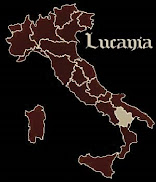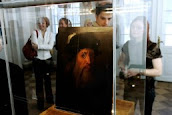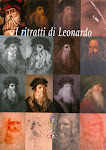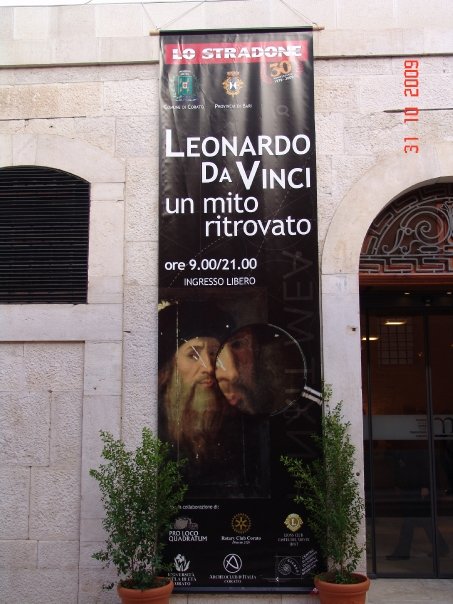David L. Bershad, David Bershad, an art history professor at St. Mary's University College in south Calgary and the University of Calgary joined the round table of experts along with Peter Hohenstatt to conclude a decision on the status of the Leonardo 'Lucano' self-portrait registared in Acerenza, Italy
Peter Hohenstatt is the author of Leonardo da Vinci 1452-1519, is a German-born art historian and Leonardist, consultant in care of the National Gallery New York, Louvre Museum, Metropolitan Museum, and the Docente dell’Università in Parma
Peter Hohenstatt is the author of Leonardo da Vinci 1452-1519, is a German-born art historian and Leonardist, consultant in care of the National Gallery New York, Louvre Museum, Metropolitan Museum, and the Docente dell’Università in Parma
According to: David L. Bershad...world-famed Leonardist and artist:
The chances it is the only self portrait of Leonardo da Vinci in the world are set against these facts:
The Best Comparison: Leonardo 'Lucano's 'Acerenza Portrait' against Francesco Melzi's '1510 Portrait of Leonardo' in red chalk on paper in the Royal collection in Windsor, prove identical after scientific examinations and digital analysis.
A number of things have been discovered:
1. Fingerprint analysis showed a thumb print on the new portrait that is identical to the one on Leonardo's painting 'Lady with the Ermine'
Establishes: that both paintings were in Leonardo's studio
2. On the back of the painting, are two words written in Leonardo's characteristic right to left and upside down: "Pinxit Mea" meaning 'My Painting'
3. The analysis made on the ink says its the same exact ink
that would of been used in the 16th century.
"There's alot of scientific evidence," says David Bershad:
There are three possibilities of how this portrait showed up in
a small village in southern Italy:
There's a branch of the Sforza family that moved to the region around the
early 1500s
Relatives of Francesco Melzi (Leonardo's student) lived there
Students of Leonardo moved to the area
There's Antonio Segni, close friend of Leonardo's, who was given a
Leonardo design which may have been a self-portrait
THE EVENT
Friday 7th -Tuesday May 11th 2010
Authentication of the Leonardo 'Lucano' portrait
Friday 7th -Tuesday May 11th 2010
Authentication of the Leonardo 'Lucano' portrait
Leonardo da Vinci, Lucanian self-portrait: scientific studies will be presented on Saturday the 8th at G. d'Annunzio University Museum in Chieti-Pescara.
*All the data will come together at the conference on May 8th. It will be determined if it was by Leonardo's hand when David Bershad has a physical look at the painting.
“Leonardo da Vinci: Presunto autoritratto Lucano, gli studi scientifici” previsto 8 maggio 2010 al Museo universitario dell’Università “G. d’Annunzio” di Chieti-Pescara.
src="http://pagead2.googlesyndication.com/pagead/show_ads.js">













Gutted to have missed the event, the run down was fantastic.
ReplyDeleteThere will be others.
ReplyDelete